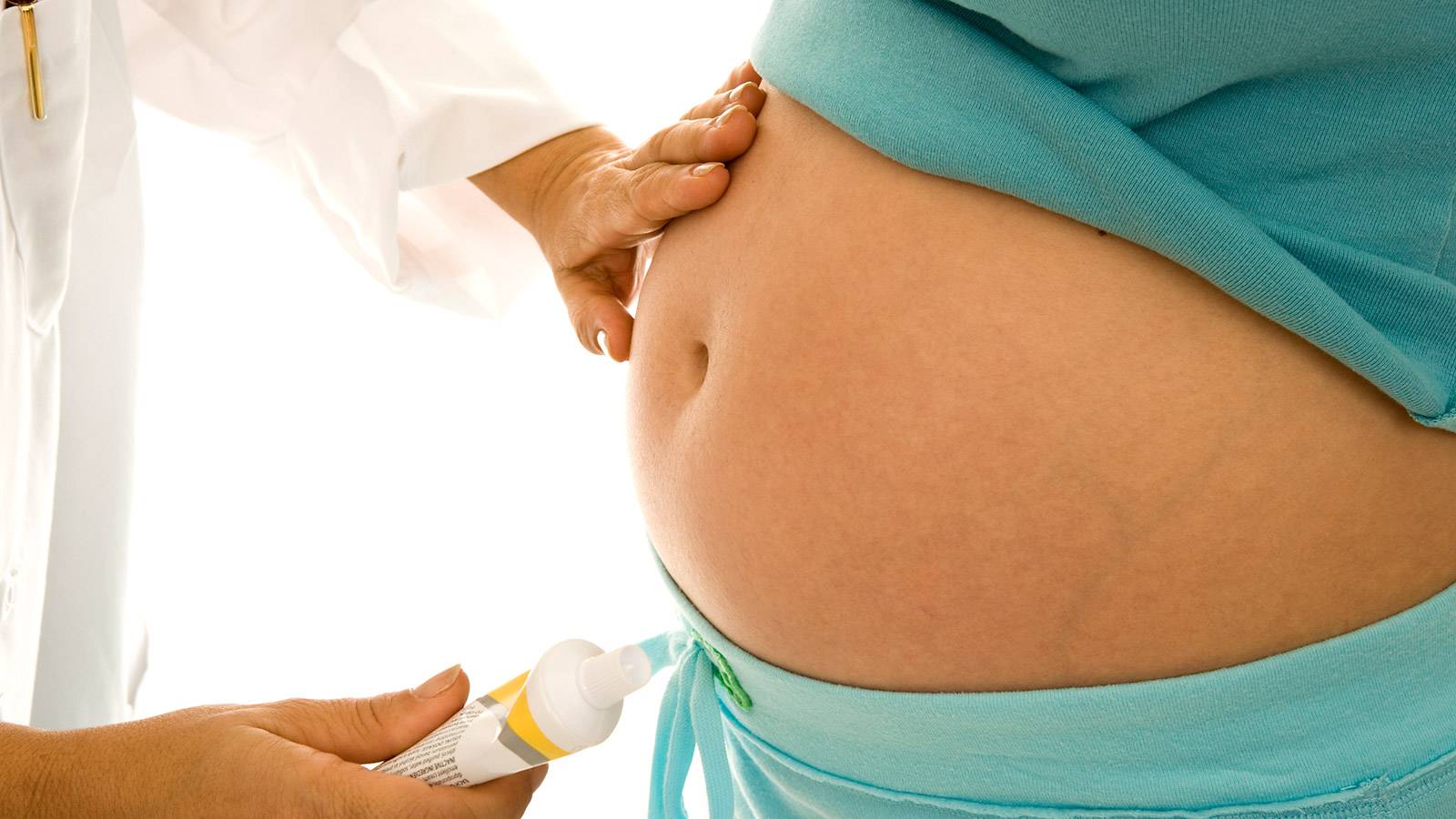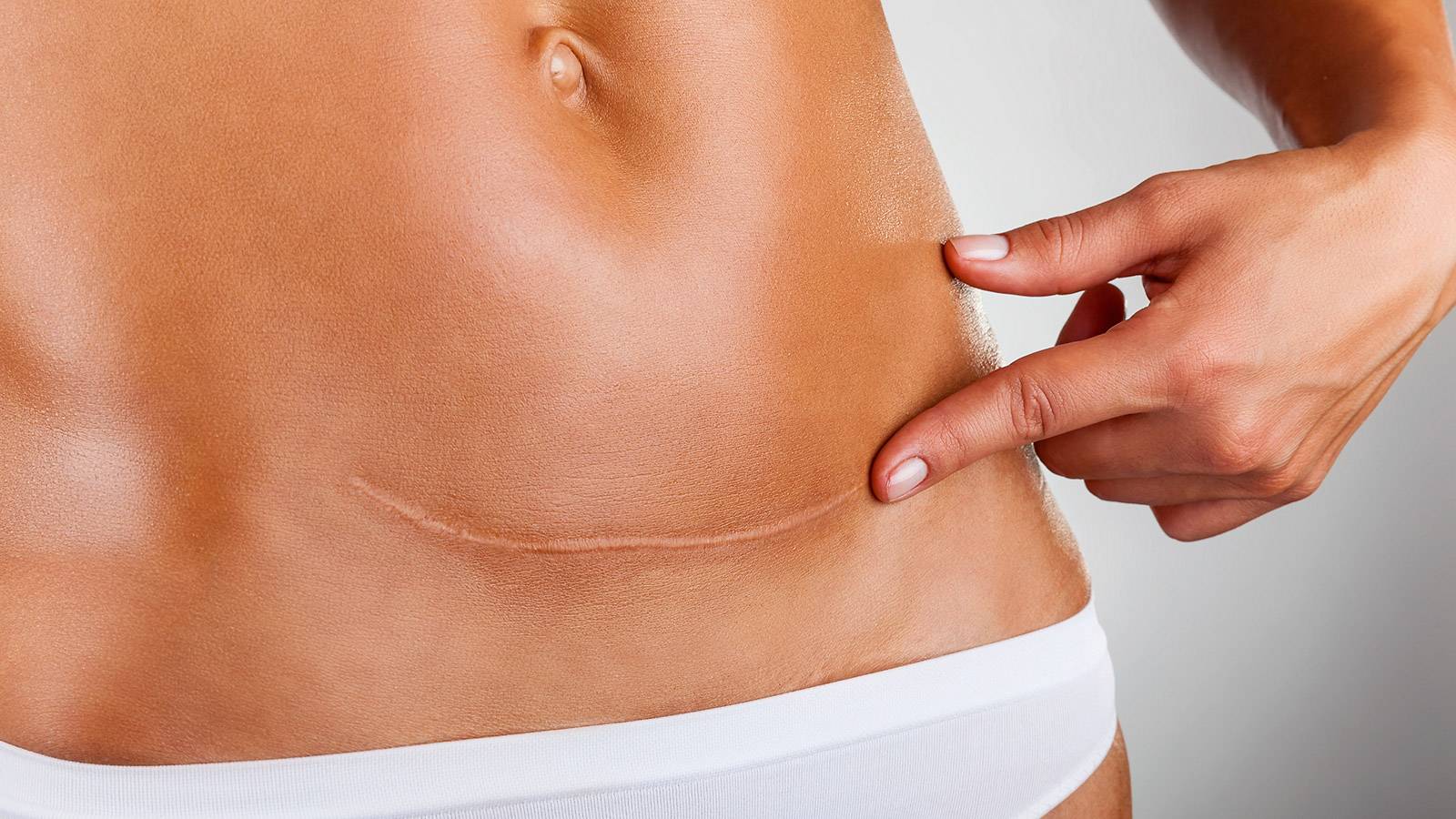SmartParents consultant Ob-Gyn Dr Christopher Chong lifts the (surgical) veil on the dark side of having a Caesarean Section.

If the thought of a painful natural birth scares you or your hubby, you might already have considered undergoing a Caesarean section (C-section).
According to authors of a World Health Organisation report in 2010, an estimated 18.5million C-sections were performed globally on an annual basis, accounting for more than a quarter of births in China (25.9 per cent) and 17.4 per cent of births in Thailand — its popularity is showing no signs of abating. But like all invasive surgeries, as we found out from SmartParents expert obstetrician-gynecologist Dr Christopher Chong, C-sections are not without their risks.
It is a surgical procedure when your Ob-Gyn makes a small horizontal incision above your pubic bone (called a “bikini cut”). From that incision, the doctor will work his way to your uterus, making a horizontal cut in the lower part of it, reaching in to pull out your baby before cutting the umbilical cord. After clearing the placenta, he will then stitch you up.
A large part of the risk in the procedure revolves around how well the wound heals. Dr Chong notes that there is the possibility of multiple or even irregular tears that can result. If these tears do not heal well, a womb infection can result: The symptoms of an infection can range from heavy bleeding, smelly discharge and a high fever.
“Talk to your doctor if you experience heavy bleeding, smelly discharge and a high fever – signs you might have a womb infection.”
Furthermore, as your doctor is likely to have to work through layers of tissues and past various organs before he reaches your uterus, expectant mothers should be cautious of the possibility of injury to surrounding organs, notes Dr Chong.
The risk of such injuries to the intestines and bladder, for instance, as a result of your C-section is very low. But such injuries can mean heftier bills and an arduous journey to full recovery — all while having to care for bubba!
Going through with a C-section means that you might be at a greater risk of deep-vein thrombosis (DVT). It is a serious health condition where a blood clot forms in a vein in your body — often the veins in the thigh or lower legs. Dr Chong adds that if you have spent much of your pregnancy in a sedentary state or had a prolonged labour before the operation, it can also increase your risk of suffering from DVT.

Complication #1: Adhesions of the gut
According to Dr Chong you might also be at risk of adhesions of the gut. These are scar tissues that form around your abdomen or pelvic regions, commonly after C-section surgery. The formation of adhesions are your body’s natural way of healing but could cause organs to stick together, triggering pelvic or abdominal pain when you move because it limits the normal movement of your organs in your body cavity.
Complication #2: An allergy to your anaesthesia
You may actually be allergic to the anaethesia that’s been given to you. That allergy can manifest as bouts of shivering and nausea. While some may experience backache from regional anaethesia, Dr Chong says it should disappear within a week or two (besides, the bed rest is a more likely culprit for backache). In very rare cases, regional anaethesia can cause injuries to the spinal cord or nerves.
“It is counter-intuitive to think that a C-Section means a less painful labour. Post-surgery recovery might take up to two weeks!”
Complication #3: Aspiration pneumonia
Otherwise complications like aspiration pneumonia can also occur. This happens when a patient inhales vomit (or any foreign particles like saliva or food) into her lungs while unconscious. Dr Chong cautions readers to abide by their doctor’s orders: When they say “No food eight hours before surgery,” it’s for a very good reason.
In comparison with natural birth, C-sections typically end with a longer stay at the hospitals (again, more bills!). Dr Chong cautions that the road to recovery is also often more painful than going through with natural birth; it is counter-intuitive to think that a C-Section means a less painful labour. He advises that if pain is your top concern, you should talk to your doctor about getting an epidural or general anaethesia. Although typically, most mothers should be back on their feet in two weeks after a C-section.
So with all these risks at play, why do expectant mothers still go through with it?
In elective C-sections — non emergency ones — mothers have some control over the time of their little one’s arrival. This is helpful in situations where parents are concerned about the birth horoscope or when the hubby’s down for a long work trip after the date. Others might be concerned with the appearance of stretch marks as a result of natural birth. Some opt for C-sections to protect the pelvic muscles for the prevention of urine leakage or to maintain their sexual performance.
Non-elective C-sections are when the procedure is prescribed for medical reasons. These include very severe cases of high blood pressure or any unstable heart conditions, for women who have a low lying placenta and in cases where the baby is positioned abnormally or are larger in size (above 4kg).
So now you are armed with knowledge of the risks you face — and can look forward to meeting your baby fully prepared.
Photos: iStock
Like us on Facebook and check SmartParents regularly for the latest reads!
Other SmartParents features to check out...
What to expect during labour and delivery
